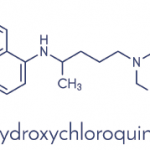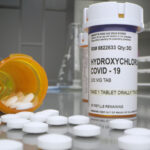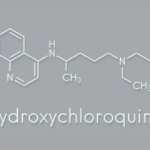Avoiding Common Pitfalls: Interpreting Blood Levels for Efficacy
As noted in Table 1, a variety of therapeutic target levels have been proposed for various drugs, some of which vary widely. How can we make sense of different target drug levels for the same condition?
First, it is important to recall that the gold standard for determining target drug levels (and dosage) is through a dedicated pharmacokinetic/pharmacodynamic study. These studies are specifically designed to minimize background medications, standardize follow-up and generally enroll a narrow patient phenotype. In contrast, many existing studies in Table 1 are observational, with patients on a variety of concomitant, background medications (often with no prohibition of dose changes), have a variety of baseline disease characteristics and, often, have different lengths of follow-up. Therefore, many of these target drug levels are highly context specific—that is, the optimal level in that specific population and set of circumstances.
Additionally, different target levels could exist for a reason we already discussed—differences in timing across studies. Using random HCQ blood levels for example, it would be possible for a patient in a study to be classified as having both therapeutic and non-therapeutic levels, depending entirely on when the measurement was taken. Therefore, random blood level targets from the literature should be interpreted cautiously for most drugs.
Lastly, recall that a drug may exert different effects (and treat different conditions) based on its level. Aspirin is a classic example: The dosage of aspirin needed for the anti-platelet effect is substantially less than that needed for the anti-inflammatory effect. By extension, it is possible that the exposure-response relationship for one disease or manifestation (e.g., arthritis vs. lupus nephritis) may be different.
Conclusions
In closing, therapeutic drug monitoring is a rapidly growing field in rheumatology, with the potential to transform clinical practice by individualizing dosing and distinguishing treatment failure arising from lack of response vs. medication non-adherence. To properly interpret drug levels, rheumatologists must carefully consider the principles outlined in this tutorial. To optimize future efficacy studies, researchers must prospectively collect precise information on dosage, timing and adherence; ensure disease homogeneity; control for background medications; and ensure standardized follow-up with outcomes that reflect the drug’s response.
 Stephen Balevic, MD, PhD, RhMSUS, is an adult and pediatric rheumatologist and clinical pharmacologist at Duke University, Durham, N.C., where he is an associate director of pharmacometrics at the Duke Clinical Research Institute. He received his doctorate in pharmaceutical sciences from the University of North Carolina Eshelman School of Pharmacy, Chapel Hill.
Stephen Balevic, MD, PhD, RhMSUS, is an adult and pediatric rheumatologist and clinical pharmacologist at Duke University, Durham, N.C., where he is an associate director of pharmacometrics at the Duke Clinical Research Institute. He received his doctorate in pharmaceutical sciences from the University of North Carolina Eshelman School of Pharmacy, Chapel Hill.


